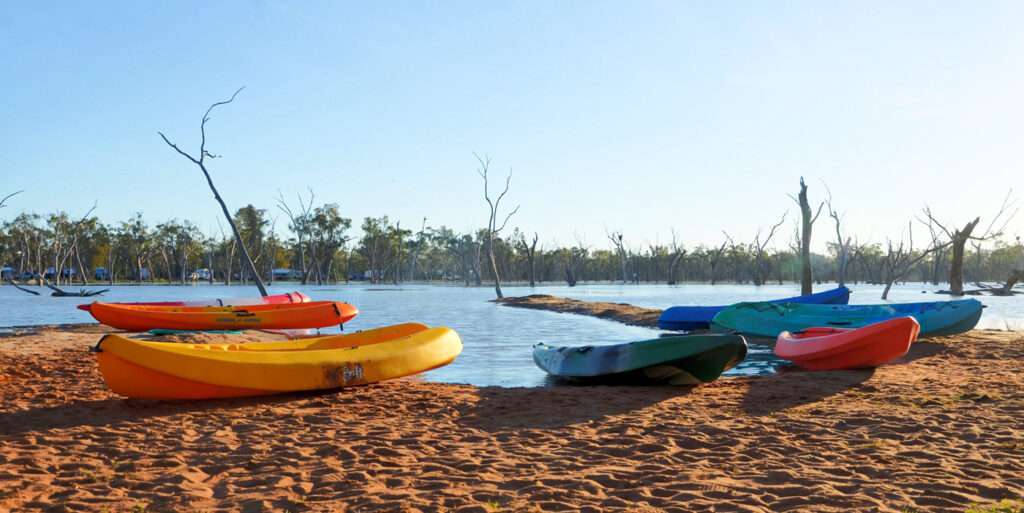Water can be as wild and untamable as a runaway horse. That’s why it is so important for anyone who dips their toes in white-capped rapids to know how to stay afloat when they get thrown out of the boat! Being prepared with proper swimming & self-rescue techniques greatly improves your chances of making it safely back to shore, along with any gear you’ve got on board – keep that nugget of wisdom handy while navigating unpredictable waterways!
Get to the Surface
The first step when you find yourself upside down with no hope to roll your kayak or canoe is to perform a wet-exit. Once you are out of your kayak, canoe, or raft you need to make your way up to the surface of the water. You might be disoriented from flipping over making knowing which way is up quite difficult. If you can’t swim up and you think that you are caught in a hole or you can’t make it up to the surface of the water, it maybe necessary for you to swim down a bit to get out of the recirculation. This is the worst possible scenario.
Floating Down the River
Once you are above the water and have a breath of air you want to make absolutely sure not to try to stand up as your ankle can get caught in the rocks below. Take a big breath as you may be pulled back under again. Instantly look around to see if you are near your kayak, canoe, or raft. If your boat is within reach you may want to grab onto it and float down with your equipment. It is often helpful to hold onto your kayak when swimming in whitewater. There are however times when it is not a good idea to be holding onto your boat while going down the river.
For the sake of this article, lets assume you are not with your equipment. There will be a point where you will try to swim to safety but there are also times when you need to ride the class iii-iv rapids out. The best way to do this is to lie on your back with your legs out in front of you. This way you can push off of any boulders with your feet. Also, if you hit any of the rocks that lie beneath the surface of the water they should brush off of your pfd and helmet.
Swimming Down the River
When you see that you are able to swim to shore or to a rescue boat, flip yourself over and swim as efficiently as you can. Aim above your target as the river will be carrying you past it. Watch out for obstacles downstream and be ready to flip onto your back with your feet out in front of you if you enter more treacherous sections. Remember, you are not safe until you are sitting on the shore. It is easy to get worn out when trying to swim in whitewater, fast currents, and rapids. This is why being a good swimmer is one of the prerequisites for kayaking safety.
Getting Rescued
If another boater attempts to help rescue you, accept the assistance, but be sure to aid in the rescue process. If the rescue boat is a raft the rafters will try to pull you in by your pfd. Use your arms and legs to help get into the raft. If a canoeist or kayaker paddles over to get you to safety, take hold of the grab loop on the stern of the boat and kick as if you are swimming to shore to help them pull you to shore.
Remember that anyone that comes to rescue you is taking a risk at the expense of their own safety. Don’t flip them over by clawing or grabbing at them. If you both begin to enter another rapid, drop, or hole let go and swim away from their boat. You don’t want to pull them under nor do you want to make impact with their boat or paddle.
If you are in a heavily paddled river, keep your eye out for people along the shore to help. There will often be kayakers scouting the rapids or spectators along the river. Many of them carry throw bags on their waists in case of an emergency and are more than willing to help. Just be sure you have a knife on your pfd in case you get tangled in a rope.

